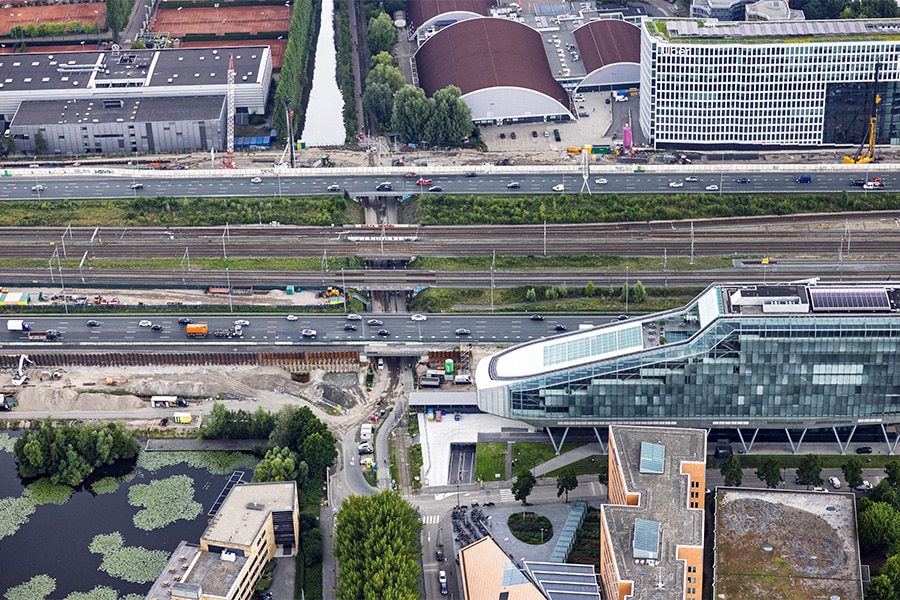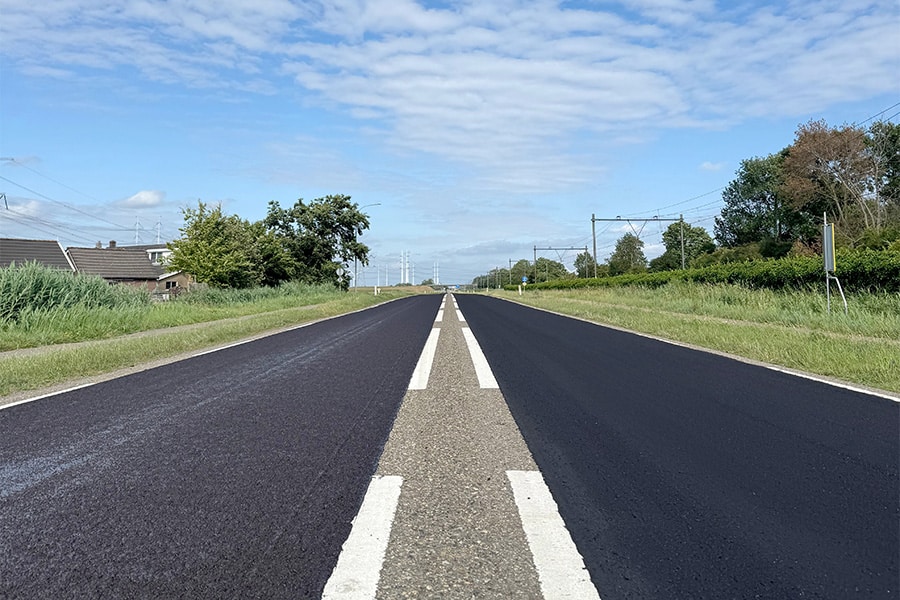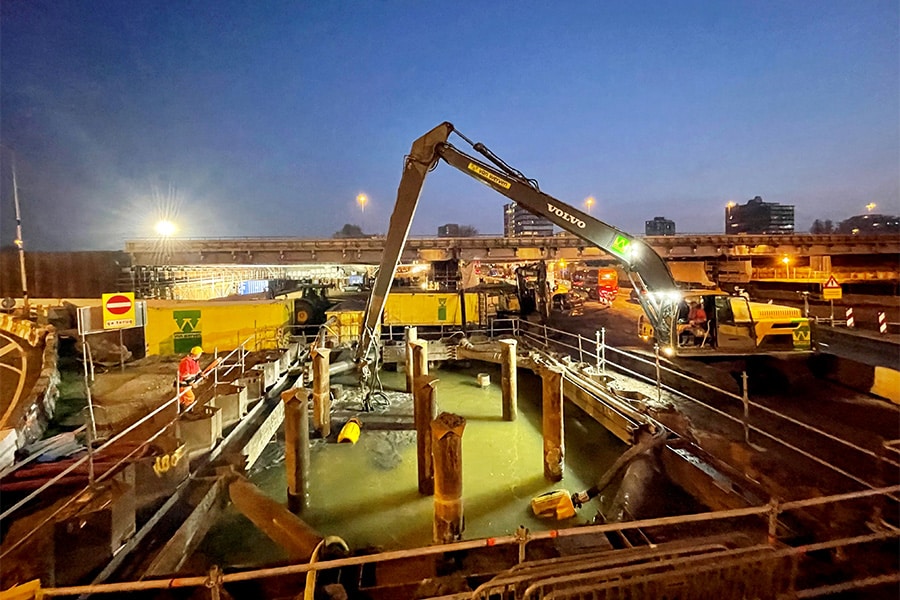
'They can't ignore us'
Construction consortium VeenIX is widening the A9 between the Badhoevedorp and Holendrecht interchanges, commissioned by the Department of Public Works. With a branch right on the A9, the VeenIX construction consortium cannot really ignore Van Werven Infra. And it doesn't. The versatile service provider in infrastructure and recycling is making a substantial contribution to the project, has already excavated a number of pump wells under its own management and is mainly supplying (a lot of) equipment to the various subcontractors of the construction consortium.
At the very beginning of the preparation, in the tender phase, we were asked by one of the other bidders to make a price for the major earthwork, begins Daan Kea, project manager at Van Werven Infra. "We made a price for the second bidder on the project at the time, but that did make us quite knowledgeable about the project. Moreover, it is also around the corner from us. So plenty of reasons for the construction consortium and the many subcontractors to call on our variety of services."
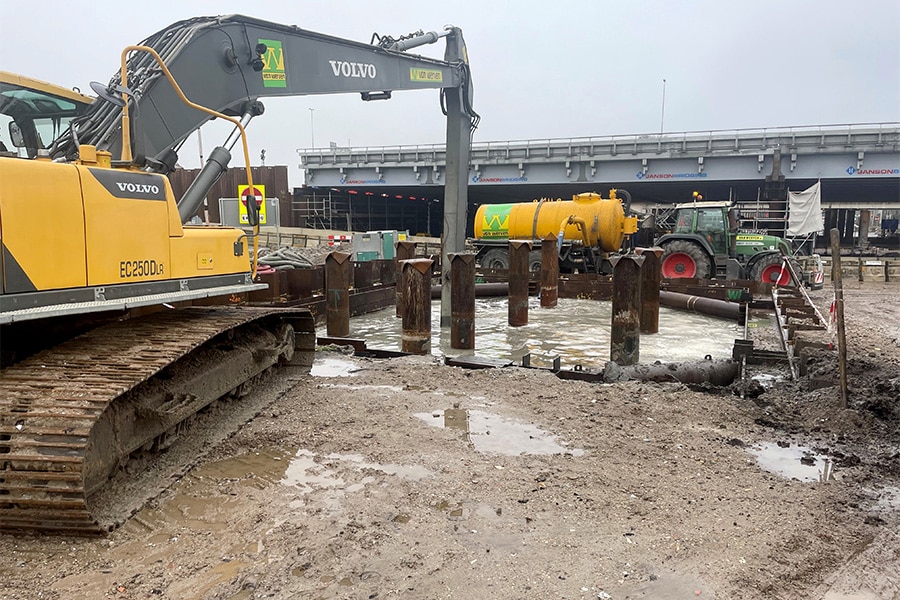
Fine sludge
To date, Van Werven Infra has in-house excavated two sump pits on the project. "These are two substantial wells for rainwater collection," says Kea. "We excavated these in the wet to a depth of about 8 meters and provided them with a concrete floor underwater. A challenge here was to extract all the fine silt from the wells. By using polymers, that job, too, was completed." Now Van Werven Infra is in the process of realizing the bascule basements on either side of the Schiphol Bridge. "The excavation is done partly in the dry and partly in the wet," Kea explains. "It results in a construction pit about 20 by 20 meters and 6 meters deep, which we then level and profile to make the concrete work floor. We also rent a lot of equipment to both VeenIX and the many subcontractors. If you drive along the current A9, you see plenty of equipment in the colors of Van Werven Infra. A beautiful sight."

Commit to electrification
Van Werven Infra sees electrification of equipment as the solution to the current issues of nitrogen, CO2-reduction, etc. "In this, as a family business, we also try to be at the forefront," Kea emphasizes. "For example, we invested very early on in converting a diesel-powered shovel to an electric version. Two years ago we commissioned the Ahlmann Swing Shovel Loader AZ 95 and then followed through. We now have two electrically powered mobile cranes, a Mecalac 11 that we also converted in cooperation with Ahlmann, and another series of electric mini-excavators. In addition, another electric crawler crane is in the pipeline. So we are not sitting still, but we also realize that charging on the construction site is still too often a problem. We overcome that (in part) with our battery boxes."
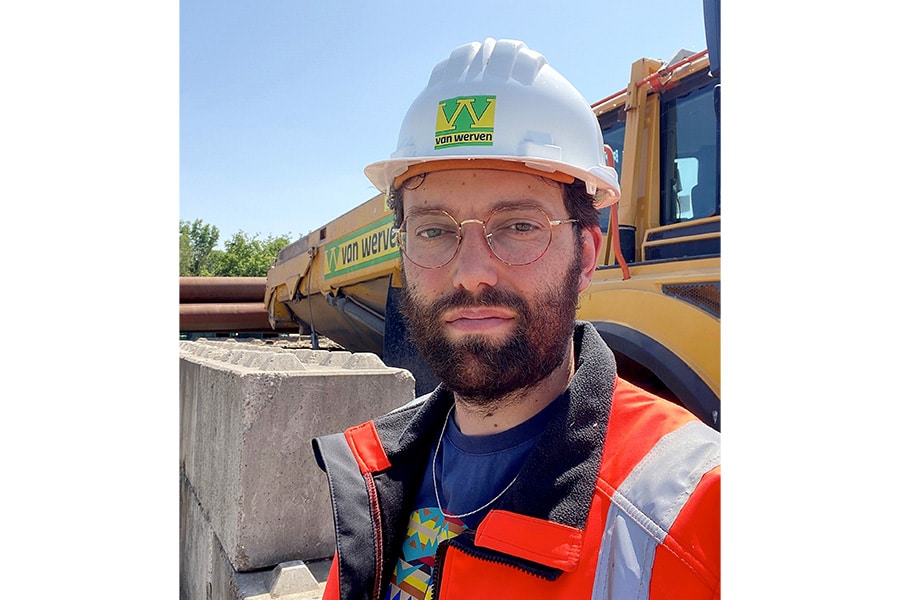
Emission-free projects
Fully electric excavation of a construction pit is a bridge too far for now, according to Kea. "We are looking into it, but practice is proving to be obstinate. You need large capacities to electrically drive a DOP pump, for example, and also to pump those large volumes of water. In 'wet cofferdams' such connections are often not yet provided. We do look for appropriate solutions in this, such that we can use pumps more efficiently, for example, taking into account the available power. We do notice that the demand for electrical equipment is increasing. Clients are making it a requirement. It is not always easy for contractors to meet this requirement, especially given the limited supply of electrical equipment. We respond to this as a subcontractor and machine rental company so that a main contractor does not have to invest in electrical equipment alone. We also act as a source of information for contractors regarding the implementation of emission-free projects. With us they have come to the right place, both for advice and for electrical equipment."
Heeft u vragen over dit artikel, project of product?
Neem dan rechtstreeks contact op met Ahlmann Netherlands bv.
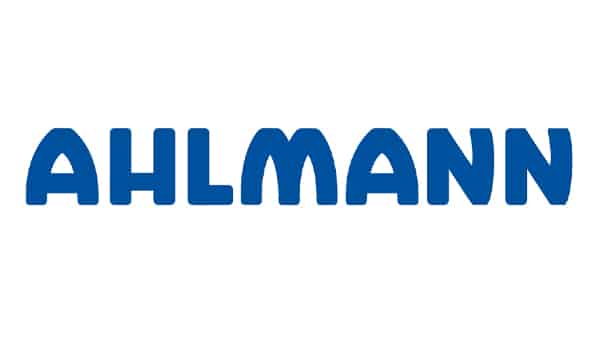 Contact opnemen
Contact opnemen

